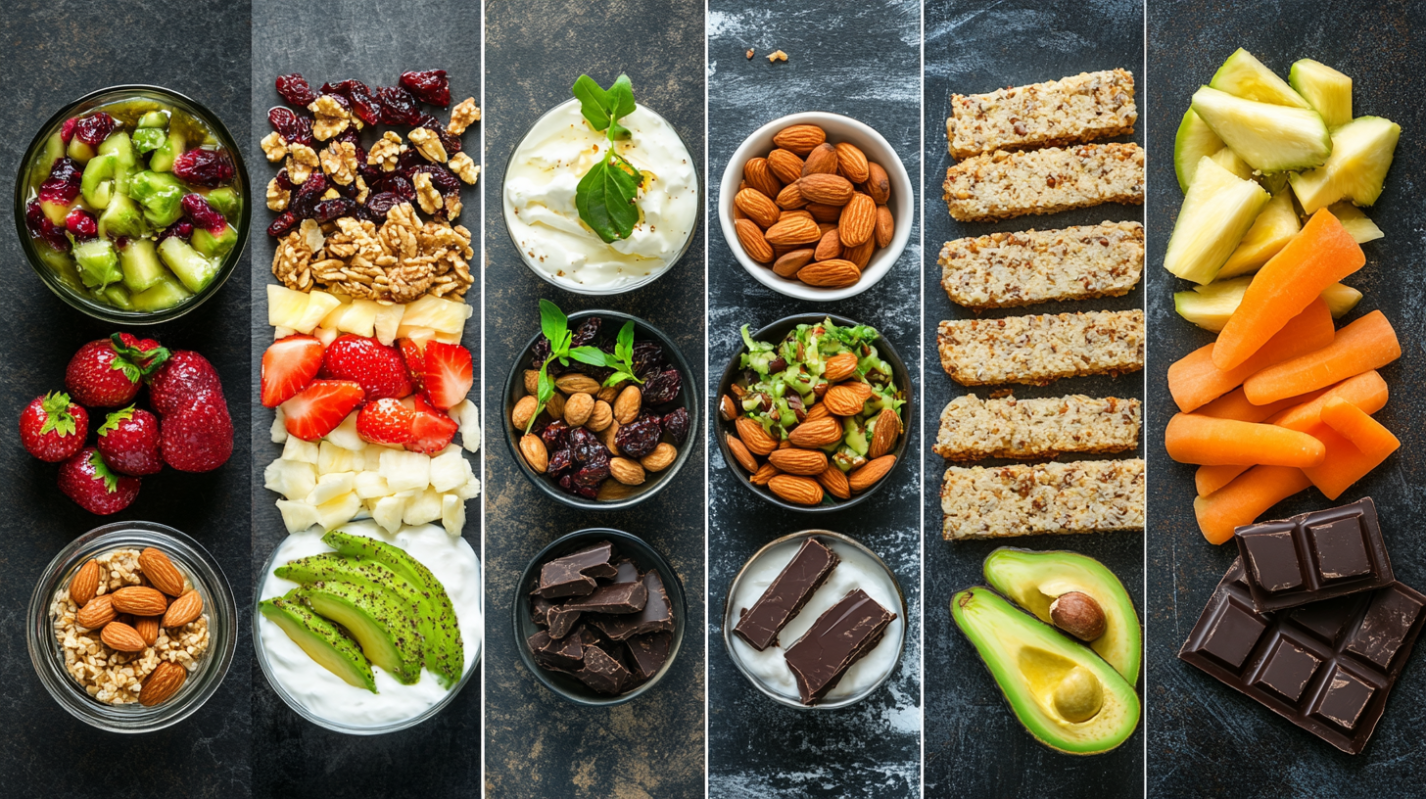
The quest for the perfect snack—one that satisfies immediate hunger without inducing a subsequent crash or the need for a second round of grazing—is less about rigid caloric restriction and more about a nuanced understanding of nutrient synergy and satiety hormones. Most people instinctively reach for simplicity: a handful of crackers, a piece of fruit, or a sugary bar, often finding themselves staring into the refrigerator barely an hour later. This cycle of temporary satiation followed by rapid hunger pangs is the direct result of consuming food that is structurally and compositionally incapable of navigating the complex machinery of appetite regulation effectively. True satiety, the kind that lasts and actually contributes to sustained energy and focused concentration, requires a strategic combination of macronutrients that work together to signal fullness, stabilize blood sugar, and slow the rate at which the stomach empties its contents. It involves moving beyond the isolated consumption of single food groups and deliberately building small, composite meals designed for maximal metabolic leverage.
This cycle of temporary satiation followed by rapid hunger pangs is the direct result of consuming food that is structurally and compositionally incapable of navigating the complex machinery of appetite regulation effectively.
The foundation of any snack designed for sustained fullness must rest on the dynamic interplay between protein, fiber, and healthy fats. Consuming these three elements simultaneously initiates a multistage physiological response that single-nutrient snacks simply cannot replicate. Protein is the most potent of the macronutrients when it comes to stimulating the release of key satiety hormones, notably Cholecystokinin (CCK) and Glucagon-like Peptide 1 (GLP-1). These gut hormones travel to the brain, effectively sending a robust “stop eating” signal, while simultaneously slowing down gastric emptying, meaning the food physically remains in the stomach for a longer duration. Fiber, particularly the soluble varieties found in oats, legumes, and certain fruits, contributes to physical bulk; it absorbs water and expands in the digestive tract, creating a mechanical feeling of fullness. When healthy fats, such as those from avocados or nuts, are introduced, they further decelerate the rate of digestion, extending the period of satisfaction far beyond what a fat-free, high-carb option could ever provide. This strategic layering of components is what separates a fleeting indulgence from a genuinely functional energy bridge between meals.
Consuming these three elements simultaneously initiates a multistage physiological response that single-nutrient snacks simply cannot replicate.
To achieve this ideal three-pronged metabolic effect, one must abandon the outdated habit of consuming simple carbohydrates in isolation. For instance, an apple eaten alone, while providing some fiber, delivers its natural sugars rapidly, leading to a quick spike in blood glucose followed by an inevitable dip, which the brain often interprets as an urgent need for more food. By pairing that same apple with a tablespoon of nut butter (providing fat and protein) and a sprinkle of chia seeds (adding significant fiber and texture), the metabolic landscape transforms entirely. The presence of the protein and fat acts as a digestive buffer, significantly dampening the post-ingestion glucose spike and ensuring a much more gradual, controlled energy release. This method of combination eating is the fundamental, non-negotiable rule for anyone looking to use snacks as a tool for appetite control rather than simply as a momentary pleasure-seeking detour. The difference is subtle in preparation but profound in physiological outcome.
By pairing that same apple with a tablespoon of nut butter (providing fat and protein) and a sprinkle of chia seeds (adding significant fiber and texture), the metabolic landscape transforms entirely.
The inclusion of certain fermented dairy products offers another exceptionally powerful pathway to extended fullness, primarily due to their high protein concentration and the presence of live, active cultures. Greek or Icelandic yogurt (Skyr) stands apart from standard yogurt primarily because the straining process removes much of the liquid whey and lactose, resulting in a product that often contains double the amount of protein per serving. This dense protein load means a much stronger release of those crucial satiety hormones like CCK. Furthermore, the probiotic content found in high-quality fermented dairy may indirectly support a stable appetite by contributing to a healthier and more balanced gut microbiome, an area of emerging research that links microbial health to overall metabolic signaling and mood regulation. When selecting these yogurts, a crucial factor for sustained satiety is to ensure minimal or no added sugars, as excessive simple sugar would negate the desired blood sugar stability. A scoop of plain Greek yogurt topped with a small handful of mixed nuts and a few frozen berries provides the perfect blueprint for a balanced, hunger-crushing mini-meal.
Greek or Icelandic yogurt (Skyr) stands apart from standard yogurt primarily because the straining process removes much of the liquid whey and lactose, resulting in a product that often contains double the amount of protein per serving.
Beyond the immediate macronutrient combinations, the physical texture and volume of a snack play a surprisingly significant role in regulating satiety signals. Foods that require more chewing time and possess a greater volume relative to their caloric content trick the brain into registering a meal that is physically substantial. This is where high-volume, low-energy-density foods, such as raw, crunchy vegetables, become indispensable components of an intelligent snack strategy. Carrots, celery, bell peppers, and snap peas, while low in calories, demand extensive mastication, a process that inherently slows down the rate of consumption and allows the initial satiety signals to register before overconsumption occurs. The simple act of dipping a large portion of these high-volume vegetables into a small amount of nutrient-dense dip, such as hummus (providing protein and fiber from chickpeas) or a homemade guacamole (offering healthy monounsaturated fats), transforms a basic veggie platter into a texturally complex, satisfying experience that engages both the mouth and the gut’s regulatory mechanisms.
The physical texture and volume of a snack play a surprisingly significant role in regulating satiety signals.
The often-overlooked category of legumes and pulses provides an exceptional, plant-based source of the essential protein-fiber combination required for long-lasting fullness. While many associate these foods primarily with larger meals, they translate brilliantly into snack formats. Roasted chickpeas, seasoned aggressively and cooked until delightfully crunchy, offer a protein and fiber profile superior to most packaged snack alternatives. Similarly, preparing a quick edamame pod snack, either boiled or lightly steamed and sprinkled with coarse salt, presents a whole food option that forces the consumer to slow down and physically shell the food, adding another layer of mindful consumption that contributes to the overall feeling of satisfaction. The unique carbohydrate structure within these pulses, often referred to as resistant starch, also means they are digested slowly and support the production of beneficial short-chain fatty acids (SCFAs) in the colon, further contributing to metabolic health and sustained energy.
Roasted chickpeas, seasoned aggressively and cooked until delightfully crunchy, offer a protein and fiber profile superior to most packaged snack alternatives.
The logistical challenge of preparing these multi-component snacks often leads people back to less effective choices when faced with time constraints or workplace limitations. Therefore, the concept of strategic snack preparation is as vital as the nutrient profile itself. Batch-preparing protein sources, like boiling a dozen eggs at the beginning of the week or pre-portioning nuts and seeds into small, easily transportable containers, removes the barrier of immediate hunger triggering poor decision-making. The inherent shelf-stability of many of the most satiating snack components—hard-boiled eggs, small cheese portions, whole-grain crackers, nut butters, and dried fruits—means they can be seamlessly integrated into a busy routine. Thinking ahead to combine an egg with a whole-grain cracker or to mix a small tin of tuna with celery for an impromptu protein salad maximizes the likelihood of adherence to a high-satiety snacking plan, ensuring that the body is consistently provided with the steady fuel it requires.
Batch-preparing protein sources, like boiling a dozen eggs at the beginning of the week or pre-portioning nuts and seeds into small, easily transportable containers, removes the barrier of immediate hunger triggering poor decision-making.
Fats, when selected correctly, are not merely energy sources but also profound contributors to appetite suppression. The specific profile of monounsaturated fats found in foods like avocado and olives is associated with an increased feeling of satiety and plays a significant role in triggering the release of those aforementioned regulatory hormones. A simple, yet incredibly effective snack, involves slicing half an avocado and drizzling it with a touch of extra virgin olive oil and a coarse grind of salt and pepper. While rich in calories, the density of the healthy fats combined with the small amount of fiber creates a deeply satisfying mouthfeel and a sustained signal of fullness that is disproportionate to the physical volume of the food. Contrast this with the low-fat, high-sugar alternatives often masquerading as “healthy,” which completely miss this crucial fat-mediated satiety mechanism. Prioritizing fat quality over fat quantity in a snack is an advanced, yet essential, approach to managing appetite without constant mental effort.
Prioritizing fat quality over fat quantity in a snack is an advanced, yet essential, approach to managing appetite without constant mental effort.
For those who crave the crunch of a traditional snack food, the key lies in repurposing staple carbohydrates to maximize their fiber content and pair them judiciously. Plain air-popped popcorn, for example, is a whole grain that offers substantial volume and fiber with a surprisingly low-calorie density, making it an excellent base for a satiating snack. However, eating it plain often leads to quick consumption and minimal hormonal feedback. The intelligent approach involves transforming it into a composite snack by tossing it with a source of parmesan cheese (for protein and fat) or a light mist of olive oil and nutritional yeast (for savory flavor and some B vitamins). This small addition of complementary nutrients slows the digestion of the carbohydrate and significantly enhances the duration of the fullness signal. It’s a perfect example of how adding strategic non-carbohydrate elements can fundamentally alter the metabolic impact of a simple base food.
The intelligent approach involves transforming it into a composite snack by tossing it with a source of parmesan cheese (for protein and fat) or a light mist of olive oil and nutritional yeast.
Ultimately, the most successful strategy for integrating fullness-promoting snacks into a sustainable lifestyle involves continuous, subtle experimentation and observation. Since individual gut microbial populations and metabolic responses vary, a snack that produces maximal satiety for one person may be only moderately effective for another. Therefore, one must cultivate a degree of nutritional self-awareness, paying close attention to not just the immediate feeling of being full, but the duration of that feeling and the state of energy and focus achieved in the subsequent hour. Does the cottage cheese with sunflower seeds sustain you for two hours, or is the hard-boiled egg and mixed berries combination more effective? This iterative process of refinement, based on personal physiological feedback, allows for the creation of a bespoke snack portfolio that aligns perfectly with individual metabolic needs, moving entirely away from generalized dietary recommendations and towards a highly personalized, effective approach to hunger management.
Since individual gut microbial populations and metabolic responses vary, a snack that produces maximal satiety for one person may be only moderately effective for another.
Stop the endless hunt for fleeting fixes; master the strategic pairing of protein, fiber, and fat to engineer a snack that truly sustains your energy and silences the hunger signal.
